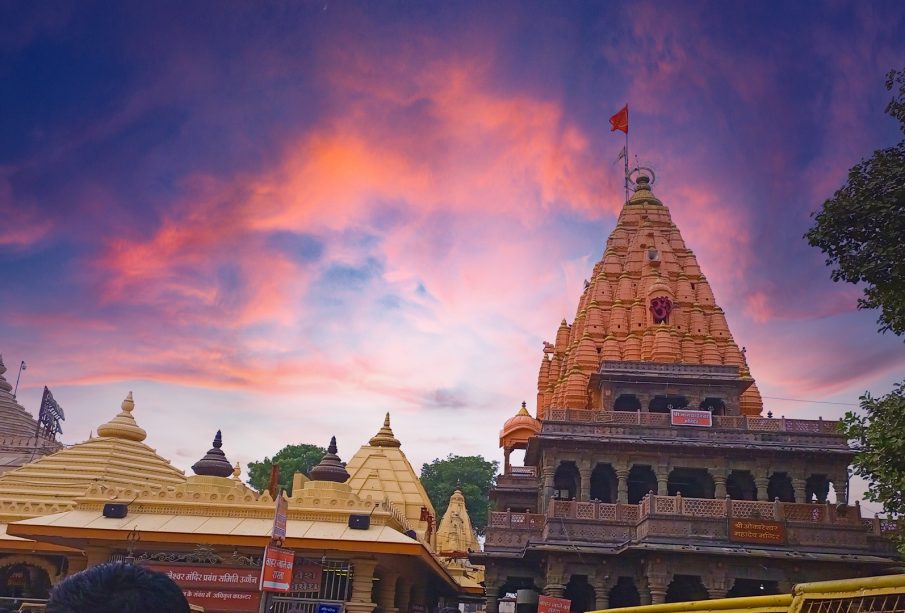Exploring the Significance of Ujjain in Modern Times

Introduction
Ujjain, one of the seven Mukti Sthals (places of salvation) in Hinduism, holds immense religious and cultural importance in India. Situated in the state of Madhya Pradesh, this ancient city is famous for the Mahakaleshwar Jyotirlinga, a revered temple dedicated to Lord Shiva. Ujjain is not only a pilgrimage hotspot but also witnesses significant cultural and historical events that attract tourists and devotees alike. The ongoing developments and festivities highlight its relevance as a spiritual nucleus in contemporary India.
Recent Developments in Ujjain
Recent months have seen an uptick in tourism and religious activities in Ujjain, especially with the ongoing preparations for the upcoming Kumbh Mela scheduled for 2024. This major Hindu festival, which occurs every 12 years, is expected to draw millions of pilgrims to the city. Local authorities are on high alert and are implementing extensive infrastructure improvements, including new accommodations, better roads, and enhanced sanitation facilities, to cater to the anticipated surge in visitors.
Additionally, Ujjain has been recognized for its vibrant cultural festivals, such as the annual Ujjain Mahakal Festival, which celebrates not only the religious significance of the Mahakaleshwar Temple but also showcases local art, dance, and food. This festival serves as an excellent platform for promoting both tourism and local artisans.
Significance of Ujjain Today
Ujjain’s significance transcends mere religious connotations; it is a city deeply rooted in astronomy, philosophy, and education. The ancient observatory, known as the Jantar Mantar, built in the 17th century, continues to intrigue scholars and tourists. Recently, efforts are being made to preserve this historical site and promote it as an educational hub pointing toward Ujjain’s rich academic heritage.
Moreover, Ujjain plays a crucial role in India’s spiritual tourism narrative, contributing to the economy through pilgrimages and festivals. The collaborative efforts of the government and local organizations aim to bolster Ujjain’s position as a key player in India’s religious tourism sector, making it an integral part of the national cultural landscape.
Conclusion
The ongoing developments and the upcoming Kumbh Mela present an enticing glimpse into Ujjain’s future as a prime destination for both devout pilgrims and curious travelers. Its unique blend of spirituality, culture, and history makes it a significant city that is both a haven for devotion and an educational treasure. As Ujjain prepares to embrace a new wave of visitors, its role as a cultural and spiritual epicenter in India signifies the value of heritage and tradition in today’s fast-paced world.









